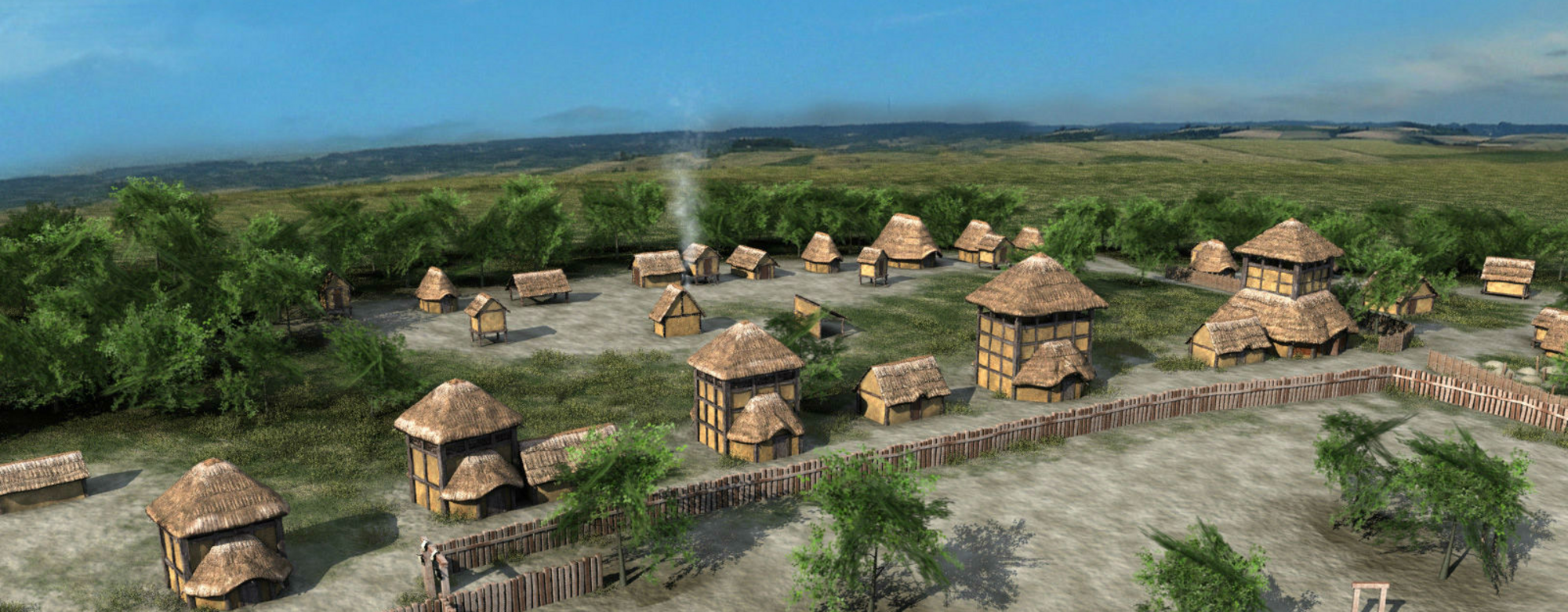
- Home
- The Gallic village
- The story of a Remi village
- The area at the end of the 3rd century BC
After the area was abandoned in about 400 BC, there are no signs of any occupation of Acy-Romance for the following two centuries. The region was not deserted, but the population was scattered into small communities whose traces are hard to find. This widespread drop in population, particularly in Champagne, might be explained by the Celtic expeditions to distant destinations recorded in contemporary literature (Delphi in 280 and Rome shortly afterwards). There is archaeological evidence that during the 3rdcentury BC the region's population began to expand quite substantially, with a consequent increase in the number of "indigenous farms". The most surprising factor still remains the creation of villages from scratch, some with populations of several hundred, at the start of the 2nd century BC. This population explosion was probably due to improvements in the tools available, especially in agriculture, so the soil could be worked better, increasing crop yields. However, these developments in cultivation methods cannot explain everything. Contacts with the Mediterranean world made during military expeditions proved very profitable and had an impact on the political and social organisation of society. The territories of the major tribes were defined during this period.



